Turning Platform User Guide - Standard, HT / RotoPower
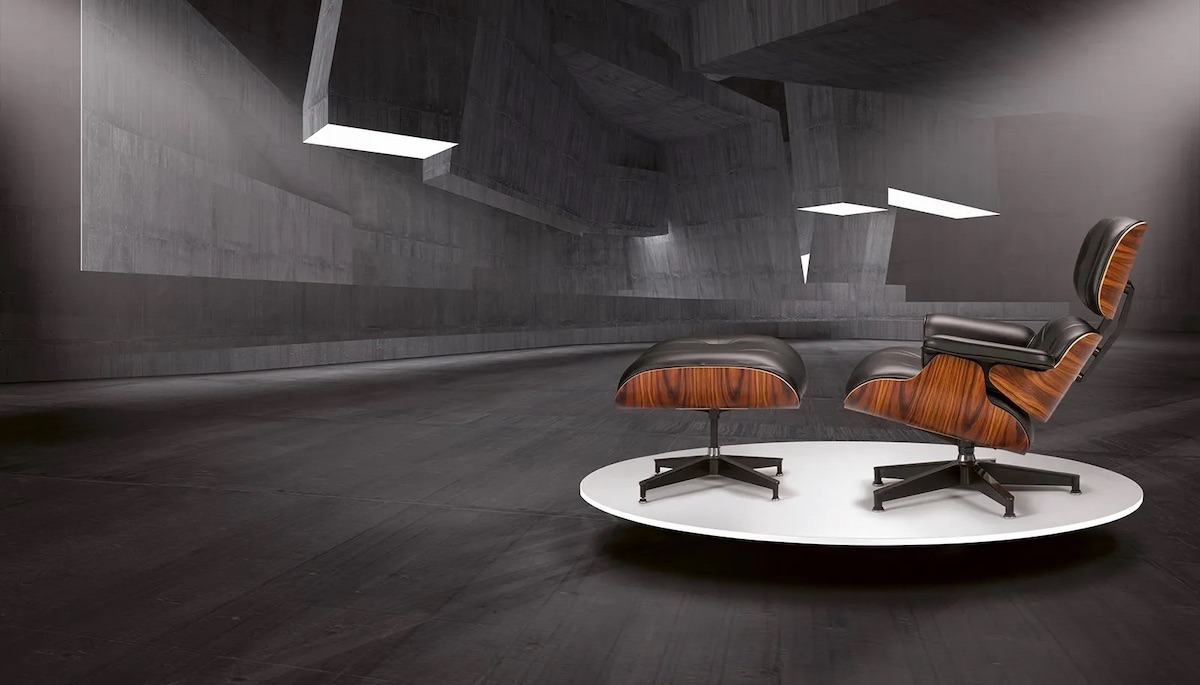
This user manual aims to support customer operation of the PhotoRobot Turning Platform. The information covers both the standard version of the device, and the Turning Platform High Torque (HT) / RotoPower version. There is a general overview of the system, with descriptions of the system components, accessories, and expansions. It aims to facilitate general understanding of the workstation, basic testing, first use, and continuous operation of PhotoRobot.
Important: The initial installation of a PhotoRobot system must always be carried out by an authorized PhotoRobot authority. Authorities with authorization to install PhotoRobot are an approved distributor, or a representative of the manufacturer itself.
Note: Always refer to PhotoRobot Safety Information & Instructions in addition to the manual provided specifically with your device before first use.
PhotoRobot Turning Platform - Standard & HT / RotoPower
Thank you and congratulations on your purchase of the PhotoRobot Turning Platform. The Turning Platform represents decades of first-hand experience and innovation in automated photography technology. And just like all PhotoRobot systems, the device is tailorable to your business’ unique needs. It functions with wide ranging accessories, and is compatible in combination with expansion robots like the Robotic Arm and Cube. Better still, PhotoRobot delivers a great ecosystem of ready-made solutions for PhotoRobot customers, ensuring impressive results – easily, quickly, and consistently. Welcome to the PhotoRobot-powered studio.
1. Product Description - Turning Platform
The Turning Platform is a heavy-duty, motorized photo turntable to rotate small to large, light and heavy objects for 360 photography. It is available in two versions: the standard version of the Turning Platform, and the Turning Platform HT / RotoPower.
In comparison, the HT / RotoPower version of the Turning Platform features a power supply in the rotating section of the platform. The power socket allows for plugging electrical appliances in and powering items on while the turning platform is in operation.
Meanwhile, both versions of the Turning Platform have a robust design and support an extensive range of accessories to function as a universal solution for turntable photography. At the same time, software-driven controls synchronize smooth turntable rotation with camera capture and studio lights to automate photography and post-processing.

Technical specifications and and key features of the Turning Platform include:
- Turntable plate size diameter up to 280 cm (9.2 ft) for small to large objects.
- Loading bearing capacity up to 1,500 kg (3,307 lb).
- Zero-clearance transmission with high torque power.
- Reliable supports ensure stability of the turntable plate, with zero movement when stopped.
- Ramp for easy access to the turntable (such as for motorbikes).
- Transformable HT / RotoPower version into the Virtual Catwalk for photographing and filming live models.
- Optional setup with Robotic Arm V8 expansion and mannequin stands.
- Extensive range of accessories for turntable photography.
- Software-driven controls for the robotic workstation, cameras, lights, and post production.
1.1. Studio Integration - Turning Platform
In studio use, the Turning Platform supports automated photography of small to large items weighing up to 1,500 kg (3,307 lb). This primarily includes items from household appliances and furniture to garden tractors, machinery, and small motor vehicles. Small ramps provide easy access to the turntable, while zero-clearance transmission ensures smooth turntable rotation for any object.
There are four available plate sizes: 2.8 m (9.2 ft); 2.6 m (8.5 ft) × 2 m (6.6 ft); 1.8 m (5.9 ft); 1.0 m (3.3 ft). At the same time, the Turning Platform is combinable with the Robotic Arm expansion for faster multi-row and 360 spin photography of large products.
If using the Turning Platform HT / RotoPower, the platform is also transformable into the Virtual Catwalk infinite runway for photographing and filming live models
1.2. Device Overview of the Turning Platform
1.2.1. The Turning Platform HT / RotoPower provides zero-clearance transmission and high torque power to ensure exceptional turntable performance. In comparison to the standard version Turning Platform, the HT / RotoPower has a power supply in the rotating section of the platform. This allows for plugging in electrical appliances to power them on while simultaneously photographing the item during rotation for 360 photography.

1.2.2. The Turning Platform (standard version) features a plate without the power supply in the rotating section. It is useful for photography of items that do not require power during photography.

1.2.3. Note that the Control Unit is a separate but integral part of the Turning Platform machine, powering on and providing control over the device. Usually, the Control Unit is housed inside of a dedicated PhotoRobot HD rack case delivered with the system. There is a plastic card / mains switch on the front of the Control Unit.
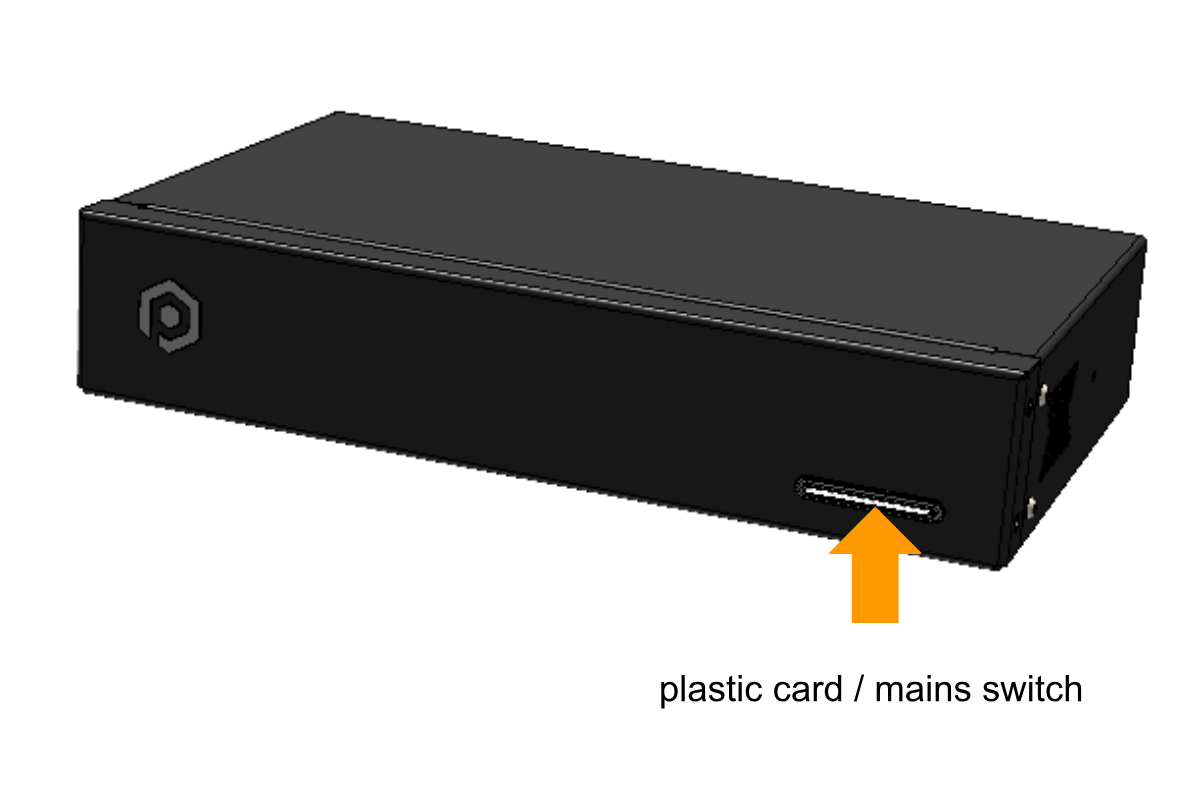
1.3. Turning Platform - Virtual Catwalk Expansion
Transformation of the Turning Platform into the Virtual Catwalk is possible with the Turning Platform HT / RotoPower. The Virtual Catwalk then fits in a space of 7 x 7 meters, covering the rotational dynamics of the turning plate in combination with the walking belt. There are two directions of movement: the movement of the walk-on treadmill-like belt, and the movement of the rotating platform. Both are able to rotate simultaneously while the belt is in operation to photograph or film live models walking on the infinite runway.
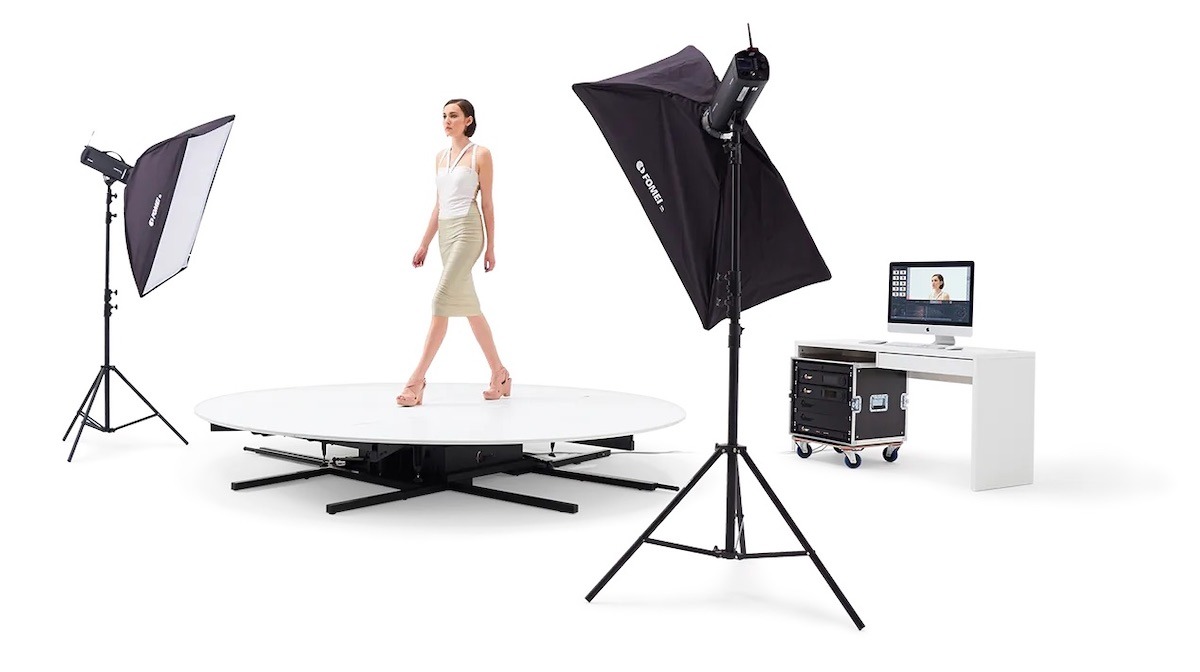
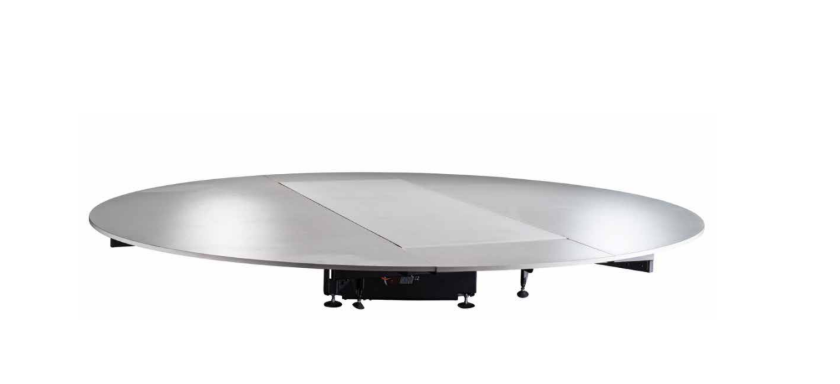
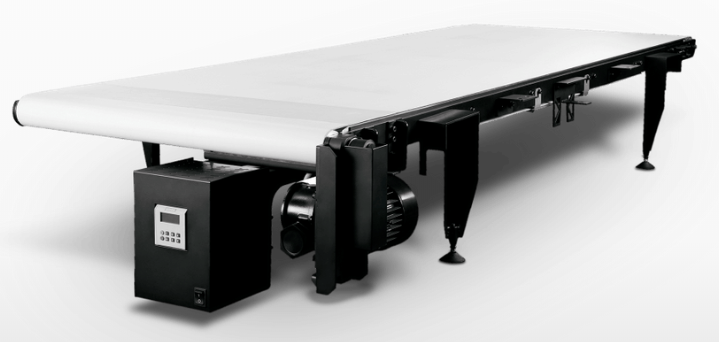
Note: For more information on the configuration and instructions for operation of the Catwalk, refer to the PhotoRobot Virtual Catwalk User Guide.
1.4. Turning Platform - Robotic Arm V8 Expansion
As an optional expansion add-on, the Turning Platform is compatible with the Robotic Arm V8 to speed up single-row and 360 photography of large objects.
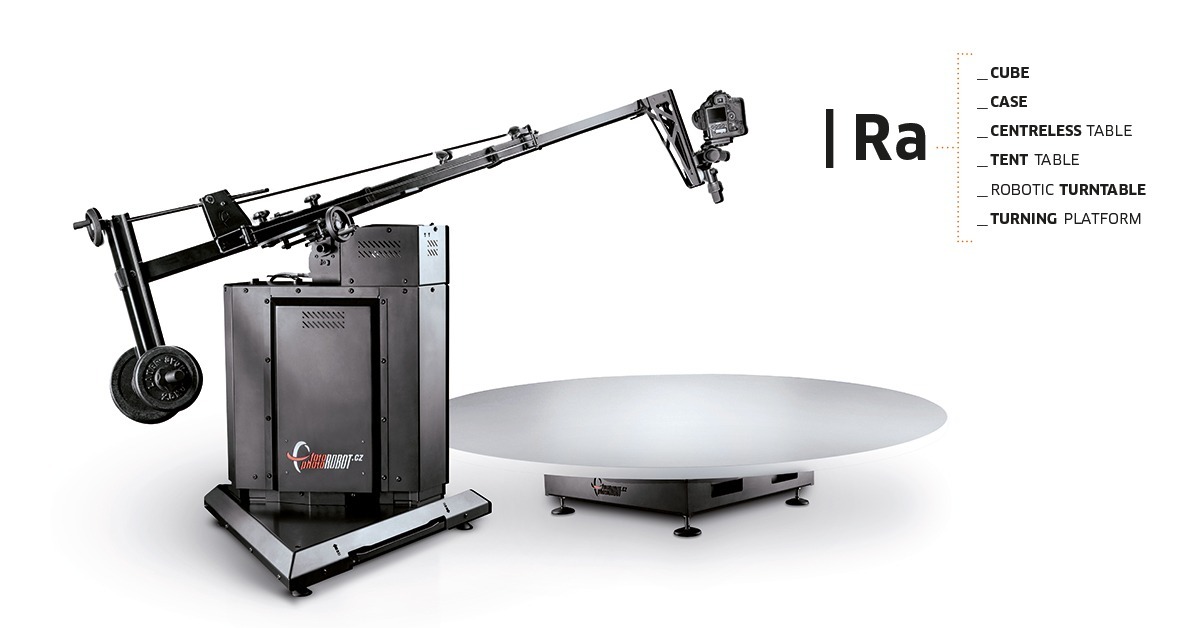
Note: The Robotic Arm is compatible with the majority of PhotoRobot rotary turntables and devices, including the Cube robot. If using the Turning Platform or another PhotoRobot device with the Robotic Arm, refer to the Robotic Arm V8 User Guide for additional support.
2. First Use Instructions
Before first use of the PhotoRobot Turning Platform, it is necessary to understand the concept of the solution. PhotoRobot is a modular unit consisting of hardware and software components. From a technical perspective, this requires PhotoRobot to connect over the same network as a computer operating it. Further, the network must have an internet connection in order to run PhotoRobot services, which are accessible in the cloud.
Important: Always refer to PhotoRobot First Use & Basic Testing to confirm technical operating requirements, and for detailed instructions on connecting PhotoRobot to a network.
2.1. Basic Operating Requirements
In general, the following basic operating requirements for the Turning Platform exist.
- The Control Unit must connect to the local network.
- A computer is necessary to run Service GUI or the operator’s software called _Controls.
- The computer must connect over the same network as the Control Unit.
- There must be a functional internet connection on the network.
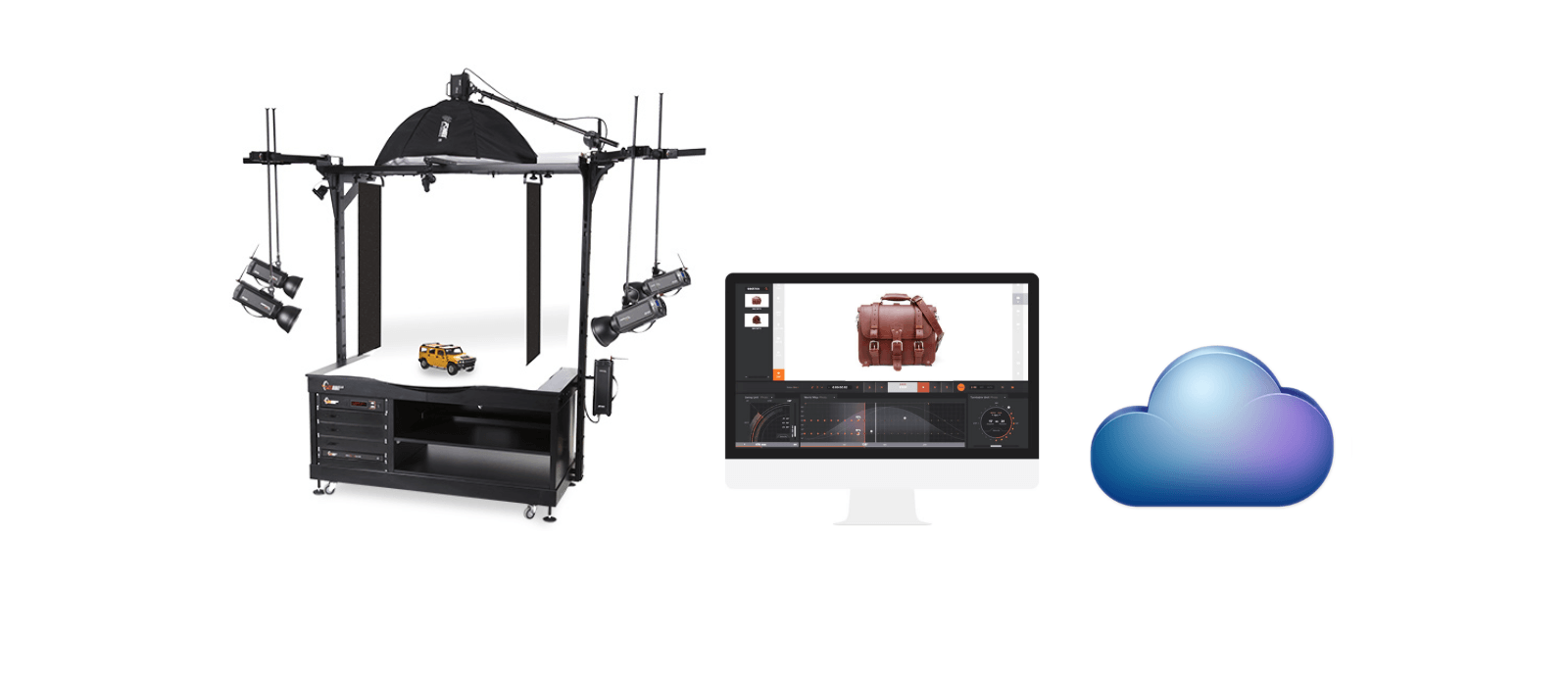
2.2. Electricity Distribution Requirements
Next, users must check the electricity distribution system parameters (e.g. voltage and frequency). This requires checking the RJ45 connector on the back of the Control Unit. If the setup of the Control Unit is not in compliance, set it up first by locating the manual voltage selector on the back of the Control Unit. Then, connect the Control Unit to the network via ethernet cable using the RJ45 connector.

2.3. Network Configuration Requirements
It is necessary to meet the network configuration requirements for operation of the Turning Platform.
- A DHCP server in the network is mandatory.
- TCP ports 7777, 7778 communication must be allowed.
- UDP broadcasts on port 6666 must be allowed.
- Internet connection is mandatory.
- *.photorobot.com access must be allowed.
- as-unirobot.azurewebsites.net access must be allowed.
- Wired connection of PhotoRobot to LAN is recommended.
- Refer to PhotoRobot Networking Prerequisites & Configuration to confirm proper setup and for troubleshooting as necessary.
- Connect the power plug to the power socket.
In the end, press the mains switch on the Control Unit. When the status changes, the light will change from a blinking to a steady light, signaling the Control Unit is ready for operation.
2.4. Find PhotoRobot’s IP Address on LAN
In order to find the IP address of the Turning Platform, use the following supporting applications to search the network for PhotoRobot.
- Windows - frfind for Windows
- Mac OS X - frfind for macOS
- Android - PhotoRobot Locator in Google Play
- iPhone, iPad - PhotoRobot Locator on iTunes
Note: After locating a PhotoRobot device using a supporting application, copy the IP address. Then, paste PhotoRobot’s IP address into any web browser in URL format. If successful, the Service GUI will launch, which will display a basic user interface for testing PhotoRobot.
2.5. Run Basic Testing for the Turning Platform
After opening the Service GUI, use the simple user interface controls to first power the motor on, and then to turn the platform to any desired angle.
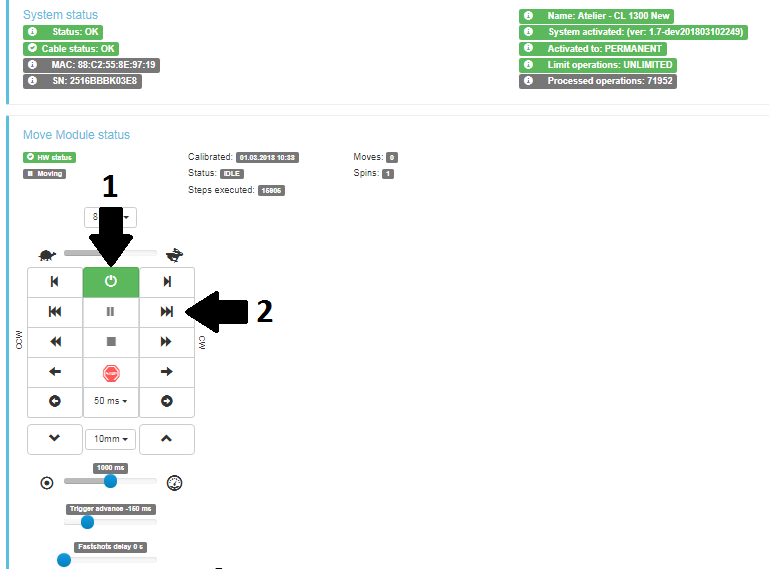
- Turn on the engines (arrow 1), try to rotate (arrow 2).
- If the glass plate rotates, your PhotoRobot Turning Platform device is ready for regular operation.
3. PhotoRobot _Controls Software
Be aware that the software PhotoRobot Controls App (“CAPP”) is not part of the machine delivery; it is a separate purchase from the device. Download of CAPP is accessible via your PhotoRobot Account, while CAPP provides full control over the Turning Platform, and other PhotoRobot devices. CAPP integrates control over robots, cameras, studio lights, and post production. This includes workflow management features as well as the necessary functionality for effective automation in post-processing.
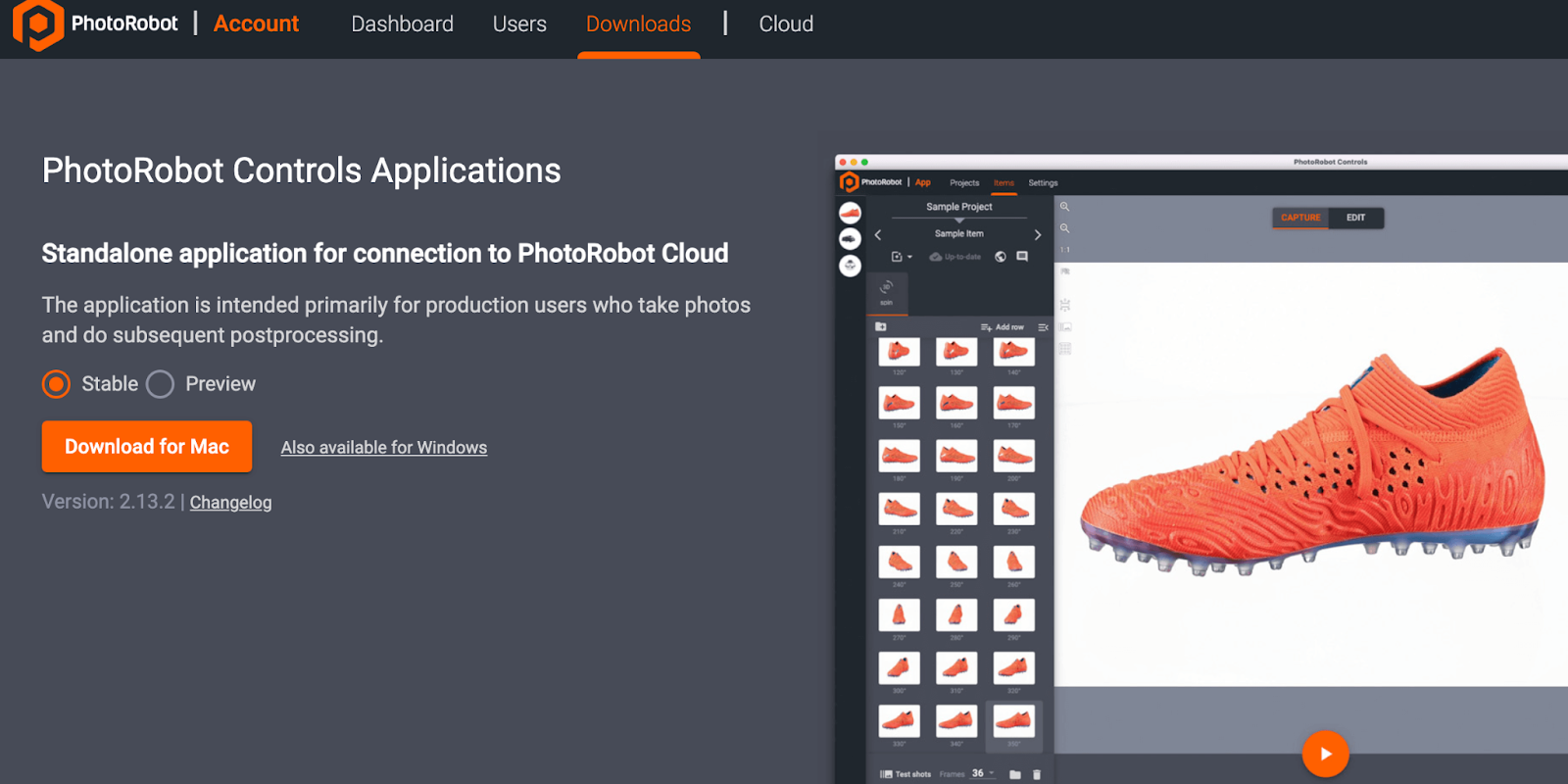
Note: On start-up after installation, mind that the interface may automatically start in “wizard mode”. Wizard mode is a simplified user interface which allows for only scanning barcodes to identify objects and begin the capture and post-processing sequences automatically.
For detailed instructions and support on the installation and use of PhotoRobot Controls App Software, refer to the PhotoRobot Getting Started User Manual.
4. Information Labels
4.1. Symbols Overview

4.2. Machine & Component Labels
For information labels for specific machines and components, refer to the section Information Labels (3.1.) from PhotoRobot Safety Information and Instructions.

The Canon EOS Rebel Series offers beginner-friendly DSLR cameras with solid image quality, intuitive controls, and versatile features. Ideal for photography enthusiasts, these cameras provide reliable autofocus, vari-angle touchscreens, and Full HD or 4K video recording.
Connection
Resolution (MP)
Resolution
The Canon EOS DSLR Series delivers high-quality images, fast autofocus, and versatility, making it ideal for both photography and video production.
Connection
Resolution (MP)
Resolution
The Canon EOS M Mirrorless Series combines compact design with DSLR-like performance. Featuring interchangeable lenses, fast autofocus, and high-quality image sensors, these cameras are great for travelers and content creators seeking portability without sacrificing image quality.
Connection
Resolution (MP)
Resolution
The Canon PowerShot Series offers compact, user-friendly cameras for casual shooters and enthusiasts. With models ranging from simple point-and-shoots to advanced zoom cameras, they provide convenience, solid image quality, and features like image stabilization and 4K video.
Connection
Resolution (MP)
Resolution
The Canon Close-Up & Handheld Cameras are designed for detailed, up-close photography and video. Compact and easy to use, they offer precision focus, high-resolution imaging, and versatile macro capabilities—perfect for vlogging, product photography, and creative close-ups.













